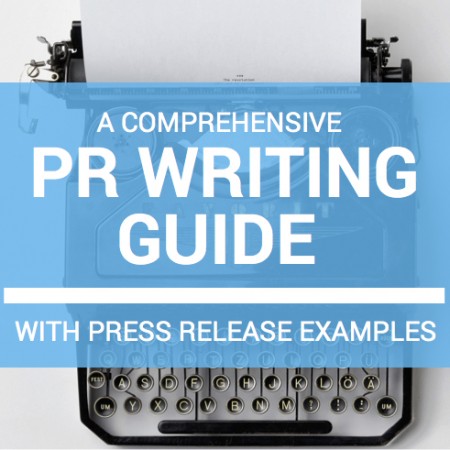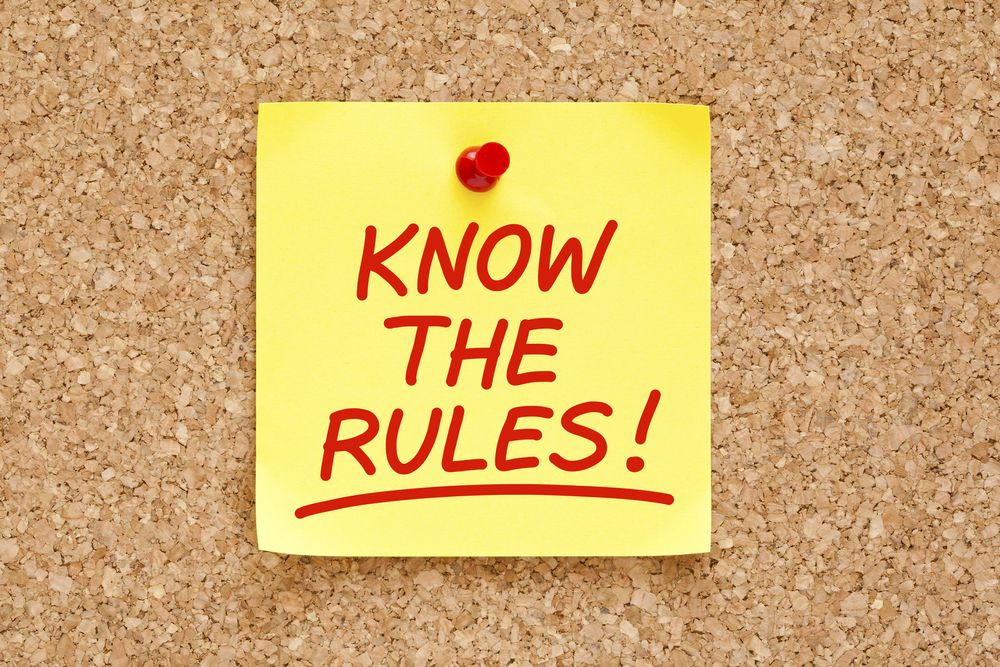The Internet is a vast sea of information. One can only imagine the successful quantification of the information contained in the worldwide web. This sea of information, and the people accessing this information, is a great location for you to go fishing if you know when to release a press release.
How to Distribute a Press Release for Maximum ROI
This post was originally published in October, 2013 and completely updated in May, 2020. Your well-crafted press release is sizzling and ready to see the world. There’s just one more hurdle to leap over before the job is done: who (and where) should you send it to? There are two main tactics for how to release a press release. The first stems from the old days. It involves subscribing to a syndication service. The second is a modern approach: developing personal relationships with journalists. Both are valid options, depending on the needs and budget of your brand. We’ll explore both methods, as well as best practices for releasing your news so you can make a solid press release plan. Let’s dive in! [bctt tweet=”Your well-crafted press release is sizzling and ready to see the world. There’s just one more hurdle to leap over before the job is done: who (and where) should you send it to? Find out via @JuliaEMcCoy:” username=”ExpWriters”] The Traditional Method: Distributing Via the Wire Want to read thousands of journalists, influencers, bloggers, reporters, and editors in one shot? Consider using a press release syndication service. Here are a few of the top service providers: Newswire Cision (PR Newswire, PR Web) Businesswire Muck Rack PR Fire Response Source Press Release Wire 24-7 Press Release While this method is fast and easy, it isn’t free. Leading distributor Newswire costs between $150 to $800 for a single PR, which may push it out of the price range of up-and-coming brands. If your brand has the budget and is looking for a wide reach, the time-saving investment may be worth it. However, it’s worth noting that professionals report high ROI from relationships with journalists, and caution against sending too many cold, impersonal PRs via the wire. Let’s say you’re still growing your media list, though, and you’re not sure where to pitch. Using a syndication service can quickly reveal which publications are interested in your news, allowing you to skip the step of in-depth research in your quest to build lasting relationships with journalists. That’s why using distribution services are part of a balanced PR strategy. The Modern Strategy: Building Your Media List on Relationships Beyond saving time, the biggest benefit of investing in big-name syndication services is that they build a media list for you and track your results. If it’s your first rodeo, that simplification can seem like a boon. But it comes at a cost: By relying on press release distribution services rather than building a personalized media list, your brand will grow to depend on those same services. However, it’s possible to construct a valuable media list on your own and start building relationships right away. According to Gil Eyal from the Forbes Agency Council, this improves PR results because you’re pitching to people who are genuinely interested in your news. It’s a more personal approach, and it’s the way the PR industry is moving. It isn’t hard to future-proof your brand’s media outreach and drive down your PR budget. It all starts with building your own media list. Here’s how. 1. Find Your Target Audience Consider who you’re trying to reach with your press release: customers, investors, or industry leaders? Ask yourself a few simple questions: How old is my audience? What background demographic do they come from? Where do they get their news? Here’s an example of how to find your target audience. Let’s say you’re writing a press release for a portable blender brand. Your goal is to increase sales for the newest model and spur brand awareness, so your audience is potential customers. Your audience includes: Health-conscious people Fitness-minded people Gym owners Eco-friendly people People who enjoy tech and gadgets Retailers who sell cooking gadgets Based on this target audience, your media list should start here: Fitness and health magazines Food and cooking magazines Home and lifestyle magazines Fitness and health influencers and blogs Eco-friendly, yoga, and vegan influencers Trade press publications targeting retailers Journalists regularly curating kitchen gadget lists and smoothie recipes Stumped on which publications to pitch to? A quick Google News search with your keyword or topic will help you brainstorm. 2. Zero In On Your Goal Publications Always read a few articles, posts, or blogs first. This will save a TON of time in the long run, and prevent you from making the reputation-damaging blunder of barking up the wrong tree. Short on time? Here’s a quick checklist. A. Check the publication’s reach. For blogs, check the Alexa ranking. A score 100,000 or below means they have a wide reach. For social influencers, look at their follower count. For news publications, check out their social media activity as well as the average comments per article. B. Watch out for low activity. Any online publication, influencer, or blog that posts less than once a month (a snail’s pace on the internet) is likely not reaching enough people to warrant sending a PR. The exception: monthly print publications like trade journals. C. Look for articles or posts in your niche. If you can’t find any, it’s probably not the right publication for you. D. Click on the byline and read the bio. Most writers include social handles in their bios. Jumpstart your online relationship by sharing one of their articles on your brand’s social media page. E. Reach out on Twitter. Many journalists include a work email in their Twitter bio. If they don’t, try sending a professional direct message. F. No luck on Twitter? Try LinkedIn. If you’re looking to pitch to a large news outlet, you can often find their roster in the “People” section of their company LinkedIn page. G. If you can’t find who you’re looking for, call. Dust off your landline and look for the editor’s phone number of the section you’re pitching to. 3. Create Your Media List Use a simple, easy-to-edit spreadsheet. Journalists change publications often, so the focus of the media list should be on specific publications interested in … Read more







